Urine concentrating ability in cats with hyperthyroidism: Influence of radioiodine treatment, masked azotemia, and iatrogenic hypothyroidism
Urine concentrating ability in cats with hyperthyroidism: Influence of radioiodine treatment, masked azotemia, and iatrogenic hypothyroidism
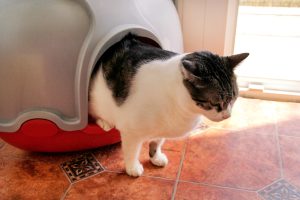
Open access
In our edition of: Dec 2023
In our categories of: small animals
our summary:
Peterson, M.E. and Rishniw, M. (2023) Urine concentrating ability in cats with hyperthyroidism: Influence of radioiodine treatment, masked azotemia, and iatrogenic hypothyroidism. Journal of Veterinary Internal Medicine, 37 (6), pp. 2039–2051.
The primary aim of this prospective before-and-after study was to determine the prevalence of normally concentrated (≥1.035) vs sub-maximally concentrated (<1.035) urine specific gravity (USG) in a cohort of nonazotemic hyperthyroid cats, and to assess if and how USG changed in these cats after radioiodine (131I) treatment. In addition, the study looked at whether pretreatment USG could be used to predict the risk of the development of azotaemia or hypothyroidism after treatment.
Hyperthyroid cats referred to a specialist endocrine clinic in the US for treatment with 131I between January 2017 to January 2022 were eligible for inclusion. Serum thyroxine, thyroid-stimulating hormone, creatinine concentrations, and USG were measured before, and six months, after successful treatment with radioiodine. Clinically normal, euthyroid cats were recruited at time of routine evaluation and were used as controls to establish reference intervals for serum creatinine concentration and USG.
A total of 655 hyperthyroid cats treated with 131I were included in the analysis. 190 clinically healthy euthyroid cats were used to establish reference intervals for serum creatinine and USG values.
Results showed 52.8% hyperthyroid cats had pretreatment concentrated USG ≥1.035 of which 80.6% maintained USG ≥1.035 after treatment, and 19.4% became <1.035. Of the 47.2% cats with pretreatment USG <1.035, 88% maintained USG <1.035 post-treatment, and 12% became ≥1.035.
Only 6.4% of cats with USG ≥1.035 developed azotemia after treatment, compared to 44% with <1.035. Of cats that remained nonazotemic after treatment, 38.2% had USG <1.035, compared to 20% of healthy euthyroid cats.
After treatment 79.1% cats were classed as euthyroid and 20.9% as hypothyroid. The hypothyroid. cats had lower USG after treatment than did euthyroid cats, but the USGs did not change after levothyroxine supplementation. A USG <1.035 had high sensitivity (86.1%) but moderate specificity (65.2%) in predicting azotemia after treatment.
Limitations of the study include that the assessment of renal function was based on the finding of a USG <1.035 on a single urine sample before and after treatment; that clinically normal cats were not followed longitudinally to exclude subclinical renal disease, especially in those with USG <1.035; and that half of the hyperthyroid cats had been treated with methimazole, prior to enrolment in the study, although this was discontinued for at least 1 week before blood and urine samples were tested.
This study provides some evidence that USG ≥1.035 can help predict which cats are less likely to develop post-treatment azotemia following treatment with radioiodine. Measuring USG will therefore help veterinary practitioners when discussing treatment options with owners.
The following may also be of interest:
Carney, H.C. et al. (2016) 2016 AAFP guidelines for the management of feline hyperthyroidism Journal of Feline Medicine and Surgery, 18 (5), pp. 400-416. https://doi.org/10.1177/1098612X16643252
Davies, A. (2022) In clinically hyperthyroid cats, is I-131 treatment superior to thyroidectomy in normalising serum T4 level? Veterinary Evidence, 7 (4). https://doi.org/10.18849/ve.v7i4.433
Hardy, L. (2023) Is symmetric dimethylarginine superior to creatinine for assessing glomerular filtration rate for cats with kidney disease? Veterinary Evidence, 8 (4). https://doi.org/10.18849/ve.v8i4.661
Claiming CPD for reading inFOCUS articles
Reading and reflecting on articles can count towards your CPD, and we have a template to help you with the process.
Image copyright attribute: zoranphotographer

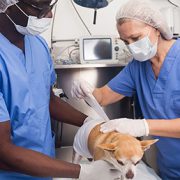
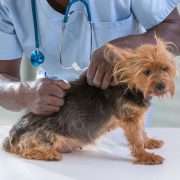
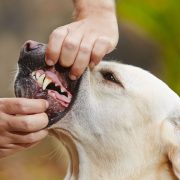
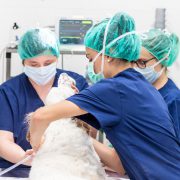


Leave a Reply
Want to join the discussion?Feel free to contribute!